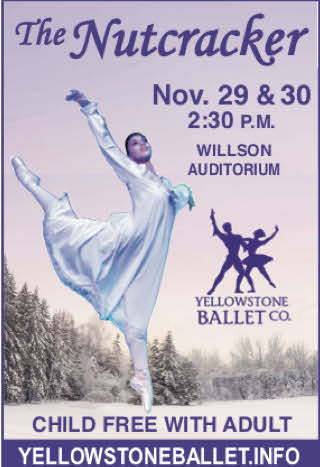 By Zelpha Boyd
By Zelpha Boyd
Recently Kareen of Broken Ground, aired a video showcasing her three most favorite Gardening books. I wrote back suggesting one of my favorites: Lasagna Gardening by Patricia Lanza. I know! It’s not spring yet; there’s still a foot of snow covering my garden. But most of us are looking forward to a warmer season. So tuck this article away; it may be helpful come May!
Lasagna Gardening is a way to begin a new garden with “No digging, No tilling, No weeding, NO KIDDING!” This system has worked for me and I heartily recommend it for anyone beginning a new garden. It’s especially helpful for those who want to convert a lawn, rocky space or compacted soil area, into viable garden space. Kareen calls this method, “layered compost.” Essentially that’s what the process entails—layering down any material that would go onto the compost pile. To begin the new garden, select the space—be it rocky, untillable, sod or just a patch of weeds. Preferably this area is out of a windy spot, in full sunshine and with water easily accessible. After the space is staked out, begin by laying down several layers of newspaper or cardboard. This smothers out the weeds and grass, so overlapping the paper is essential. To hold the paper in place, soaking it with water as you go along, is a good idea. On top of this, layer weeds, grass clippings, manure, compost, more weeds, straw, or whatever would naturally go into a compost pile. A layer of good garden soil on the top will help hold in the moisture. This is not rocket science—all the material will compost down no matter in what order they’re used. Wood chips, sawdust or wood ashes are not a good idea. When this layered “pile” is complete, water thoroughly. Allow the “lasagna” to sit for a season, watering regularly. In that top layer of soil, large seeds may be planted. Peas, beans or corn are good bets. These plants will put down roots into the rougher material helping the decomposition process. And you’ll be rewarded with a harvest! My first Lasagna gardens began when I moved into a new-to-me place with quite small yard and garden spaces.
The garden in the back yard had become overgrown with weeds; the small lawn in front was in disrepair. I had always wanted a small a country cottage garden with no lawn, and here was my chance to do just that. After putting down layers of newspaper, I used what I had on hand—weeds, dead flower stalks, and general debris—adding layers of commercially packaged compost and sheep manure. I topped the layers off with garden soil and planted peas. These Lasagna Gardens, in back and front yards, were ready for permanent planting the next season. One of the advantages of this type of gardening is that all the waste material is used; it stays on the premises, putting the nutrients back into the soil. Composting, in whatever form we use, saves raw material from going to the landfill, while enriching our garden soil. Kareen offers workshops, and blogs sharing lots of gardening information. Just google Broken Ground. Or I would be glad to share what I know about many topics of gardening.
Contact me at zbritr@bresnan.net. •






